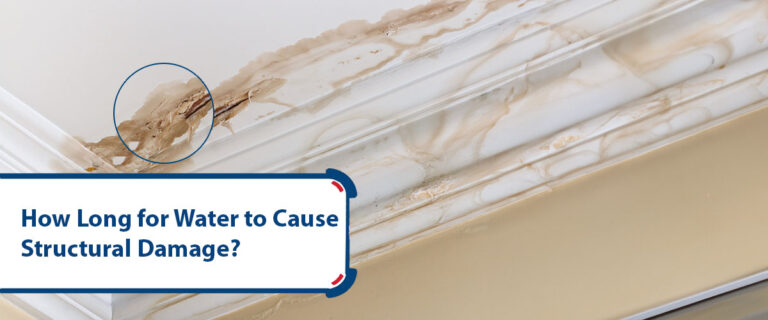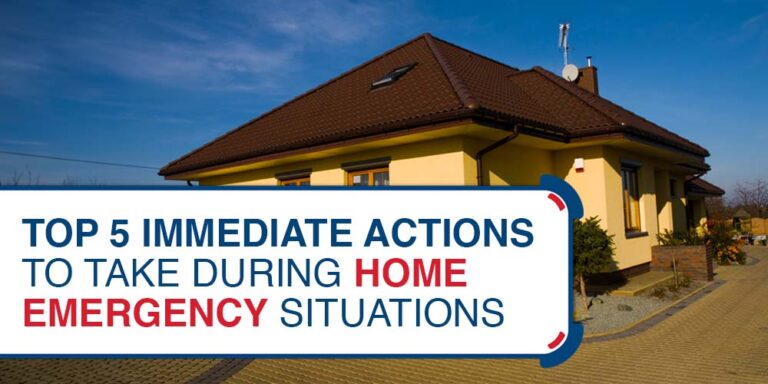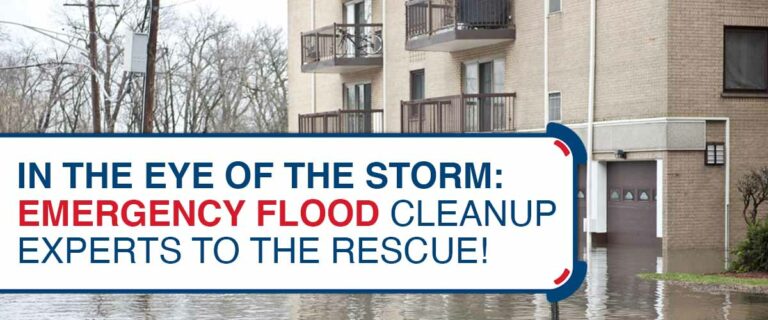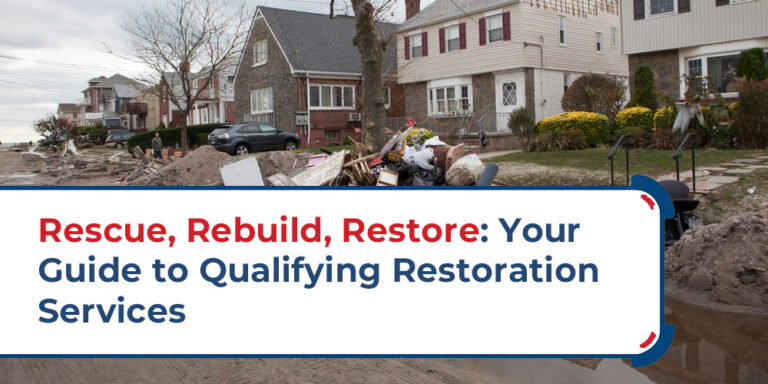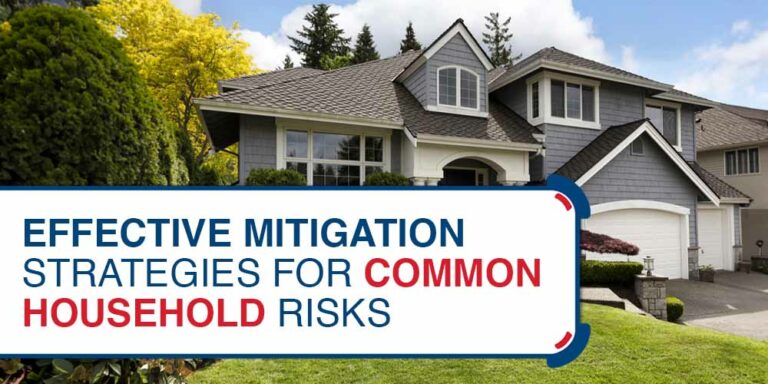Have you experienced getting flooded with water at home? Have you spared yourself from this kind of misery? When water unexpectedly invades your home, consequently, water extraction is needed. It isn’t just about removing the unwanted water, it’s about safeguarding its integrity. Whether the result of a flood, a burst pipe, or an unseen leak, the unchecked presence of water can lead to severe water damage; worse, some can be irreversible.
Equally important, time and immediate response is of the essence! Delays in addressing the issue can compound the problem and cost. As a result, the home’s infrastructure is affected, including its overall environment.
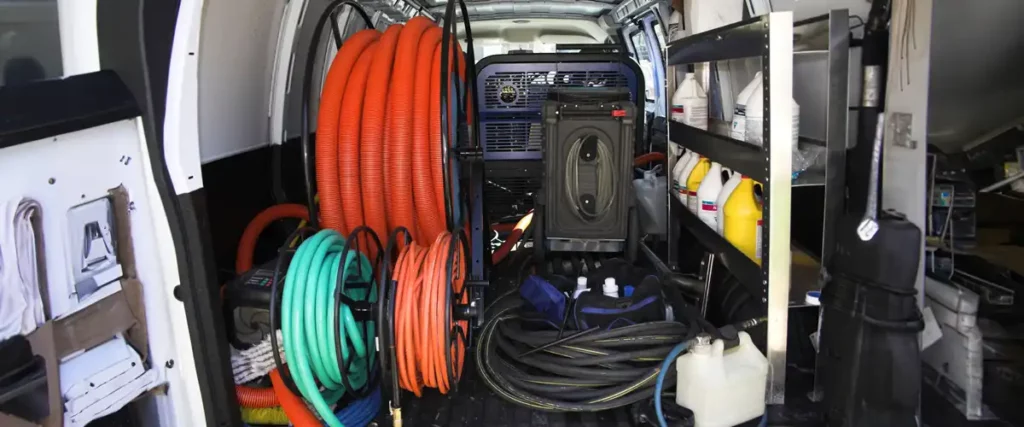
What is Water Extraction?
Water extraction is the process of removing water from a property’s site especially if it is contaminated. It is the first step in ensuring your home doesn’t face more severe consequences due to stagnant water.
Moreover, causes range from natural calamities to varying plumbing issues. Identifying the root cause can address the damage effectively.
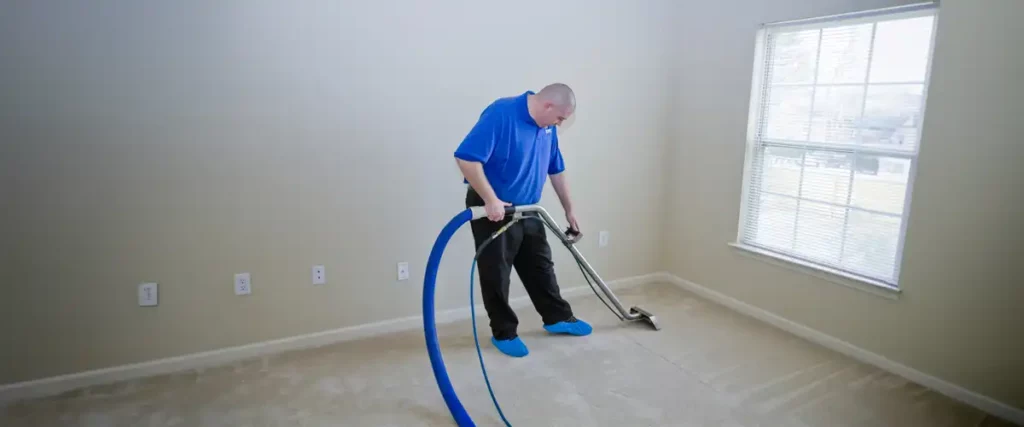
How is the Water Extraction Process Done?
Water extraction is systematic, ensuring all unwanted water is efficiently removed from your property. Remember, each step is interconnected for the overall success of the extraction process.
- Identify the Source: Before any extraction, pinpoint where the water originated. Addressing the source is fundamental to prevent future occurrences.
- Utilize Professional Tools and Techniques: Once the source is identified, the extraction begins. Engage in water damage services in Kansas City, which use advanced methodologies and tools designed for effective water extraction.
- Dry the Affected Areas: Thoroughly drying out the impacted regions is paramount after the extraction. As you may know, proper drying wards off further damage and potential mold growth.
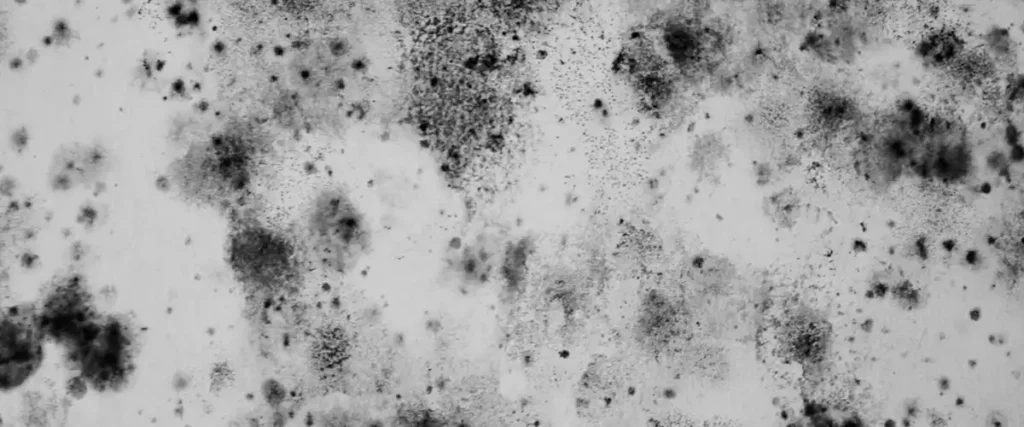
Prevent Mold Growth
Mold is a threat to both your home’s structure and your health. Mold thrives in damp, humid conditions, often flourishing in areas where water damage has occurred.
1. Mold Formation
Mold spores are omnipresent in our environment. However, they become problematic when they land on damp surfaces and start to multiply. As per the U.S. Environmental Protection Agency (EPA), mold grows virtually on any organic material as long as moisture and oxygen are present.
2. Health Risks
Mold can produce allergens, irritants, and even toxic substances known as mycotoxins. Prolonged exposure can lead to respiratory issues, skin irritations, and allergic reactions. The Centers for Disease Control and Prevention (CDC) has highlighted mold’s potential dangers, particularly those with existing respiratory conditions.
3. Prevention Measures
Keeping your home dry is the key. Here are the steps you can take:
- Ensure good ventilation in areas prone to humidity, like bathrooms and kitchens.
- Repair leaks promptly.
- Clean and dry areas of your home affected by flooding within 24-48 hours to prevent mold growth, as advised by the EPA1.
- Maintain indoor humidity levels below 60%.
- Regularly inspect for signs of moisture and mold.
Being proactive about water damage and extraction is vital to mold prevention. A swift response not only saves structural repair costs but also protects the health of the home’s inhabitants.

Linking Water Damage to Unpleasant Odors
Persistent odors often arise after water damage, primarily due to mold spores and bacteria flourishing in the damp environment. Such odors can linger, permeating furniture, fabrics, and even the walls, making living conditions uncomfortable.
Acting promptly is essential—ensuring water extraction and thorough drying are completed. Delaying this process will only exacerbate the smell and prolong its presence. Using professional-grade dehumidifiers and air movers also helps. Moreover, regular inspections keep odors at bay in your home.
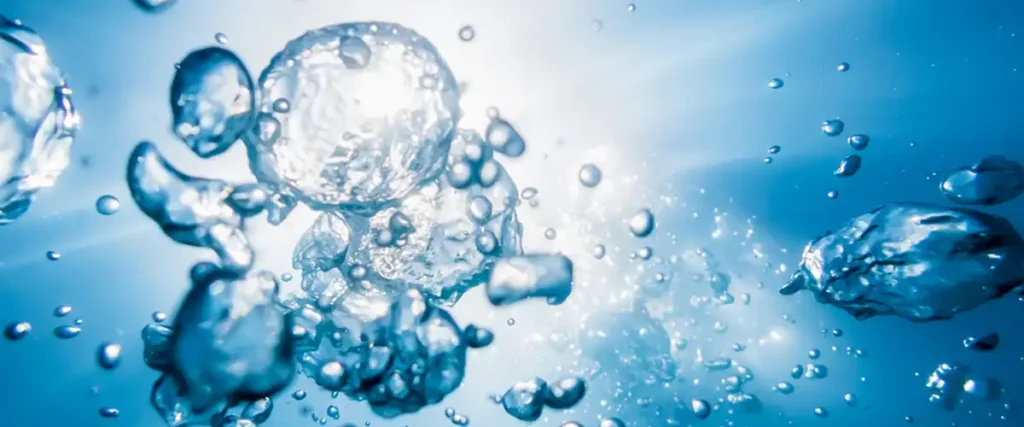
Know the Difference: Water Extraction vs. Water Mitigation?
Water Extraction: This process immediately removes standing water from a property. It’s more time-sensitive and a fundamental step to prevent water damage and potential health hazards that go with it.
Water Mitigation: On the other hand, water mitigation delves into addressing the underlying causes of water damage, implementing preventative measures, and ensuring future occurrences are minimized or entirely avoided.

Getting Your Property Back to Pre-loss Condition
Restoration goes beyond merely extracting water and fixing the initial damage. It is about returning your property to its original state, if not better, and more prepared in the future. This means thoroughly cleaning, disinfecting, and ensuring structural safety. Collaborating with water damage cleanup companies in Kansas City ensures the process is done comprehensively.

Why is Water Extraction Time-Sensitive?
The immediacy of water extraction is indeed essential. When water lingers, it exponentially amplifies the risk of structural damage, mold growth, and other complications. The first 48 hours are particularly critical as prompt action often prevents irreversible damages and costly repairs. Additionally, a swift response curtails the potential health hazards associated with stagnant water and damp environments, ensuring a safer living space for inhabitants.

Stay Dry and Act Swiftly!
Water extraction is a remedy and protective measure against future––if approached promptly and professionally. By understanding the urgency of the extraction process, homeowners can make well-informed decisions that will protect their homes.
It’s a simple equation: timely action today saves both money and potential headaches in the future. Flush your sorrows and worries down the drain, act quickly, and preserve your property’s value.
References:
- U.S. Environmental Protection Agency. (n.d.). Learn about mold. https://www.epa.gov/mold/learn-about-mold
- Centers for Disease Control and Prevention. (n.d.). Mold. https://www.cdc.gov/disasters/mold/



